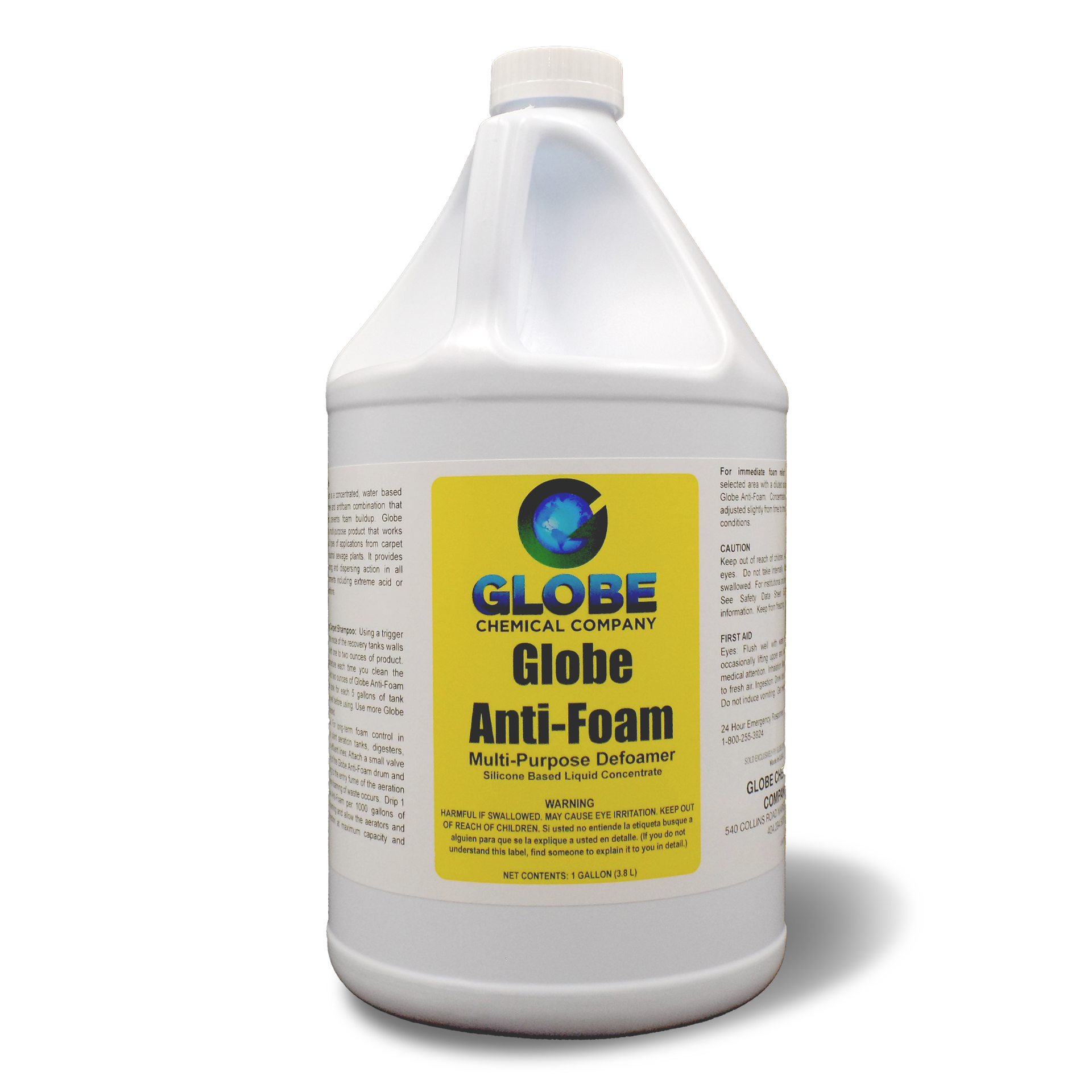Comprehending Just How a Chemical Defoamer Functions to Improve Industrial Processes
Chemical defoamers play a critical role in optimizing commercial procedures by successfully alleviating foam-related difficulties. What remains to be explored is just how these defoamers can be customized to satisfy particular operational needs.
What Is a Chemical Defoamer?
A chemical defoamer is a compound specifically formulated to eliminate the development or minimize of foam in different industrial procedures. Lathering can disrupt manufacturing effectiveness, affecting the top quality and efficiency of products in fields such as food and drink, pharmaceuticals, and wastewater therapy. Defoamers are vital in these applications, as extreme foam can lead to functional challenges, such as overflow, lowered blending performance, and prevented warm transfer.
These agents commonly consist of a combination of surfactants, oils, and various other additives that function to undercut the foam structure. They are developed to promptly migrate to the foam's surface area, successfully breaking the surface area tension and permitting the collapse of bubbles. The selection of an ideal defoamer is vital, as different formulas may be tailored for specific processes or kinds of foam (Chemical Defoamer). Elements such as compatibility with various other components, temperature level stability, and the desired application play a significant duty in the efficiency of a defoamer.
Devices of Defoaming Action
The systems of defoaming activity involve complex interactions in between the defoamer and the foam structure. At the core of this process is the decrease of surface area stress at the interface of the liquid and gas stages. When a defoamer is presented to a frothing system, it migrates rapidly to the surface of the foam bubbles, displacing the supporting representatives that add to foam stability. This displacement compromises the foam framework, bring about bubble coalescence.
As smaller sized bubbles combine right into bigger ones, the total security of the foam lessens. Furthermore, certain defoamers may include hydrophobic elements that improve their capability to destabilize the foam by producing a barrier that hinders bubble formation. This double action-- surface area stress decrease and destabilization-- enables for a much more effective break down of foam.

Additionally, the thickness and spreading qualities of the defoamer play essential duties in its performance. A well-formulated defoamer will certainly make sure fast migration and optimal efficiency, lessening foam formation during commercial procedures. By comprehending these mechanisms, industries can better pick and apply chemical defoamers to improve functional performance and product quality.
Sorts Of Chemical Defoamers
Chemical defoamers can be classified into numerous kinds, each tailored to details applications and foam obstacles. The main classifications consist of silicone-based, non-silicone-based, and powder defoamers.
Silicone-based defoamers are extremely effective as a result of their capability to spread swiftly across liquid surface areas. They offer exceptional foam suppression and security, making them ideal for different industrial applications, consisting of finishings and adhesives. Non-silicone-based defoamers, on the various other hand, frequently count on organic substances like fatty acids or esters. These are specifically favored in food and drink industries as a result of their low poisoning and regulatory conformity.
Powder defoamers are composed of solid fragments that can be contributed to completely dry procedures or solutions. They are frequently made use of in processes where liquid defoamers might not work, supplying an unique option for details applications, such as in the production of specific kinds of plastics or powders.
Additionally, each kind of defoamer can be personalized with numerous ingredients to enhance efficiency, have a peek at this website such as surfactants or emulsifiers, permitting adaptability in resolving different lathering circumstances throughout multiple industries.
Applications in Industrial Processes

In the food and drink industry, defoamers are critical throughout the production of juices, beers, and milk items, where too much foam can prevent mixing and purification procedures. By reducing foam development, defoamers assist keep constant product high quality and optimize handling times.
In pharmaceuticals, the visibility of foam during the blending and formula of medications can impact dose accuracy and item stability. Defoamers make certain smooth operations, therefore assisting in the manufacturing of top notch pharmaceuticals.
Wastewater therapy facilities likewise count on defoamers to manage frothing in aeration containers, which can otherwise minimize therapy effectiveness and make complex sludge handling. By efficiently taking care of foam, these chemicals enhance the total performance of treatment processes and add to governing compliance.

Advantages of Making Use Of Defoamers
While foam can offer considerable difficulties across various industries, the use of defoamers supplies countless advantages that improve operational efficiency and product honesty. Defoamers properly minimize or get rid of foam development, bring about smoother manufacturing processes and improved item high quality. This reduction in foam minimizes disturbances throughout manufacturing, enabling continual operation and enhanced throughput.
Moreover, the application of defoamers can bring about set you back savings by lowering the requirement for excess resources and power usage related to foam monitoring. By enhancing the production procedure, producers can achieve greater yields and reduced waste, eventually improving earnings.
Furthermore, defoamers add to Recommended Site much better equipment efficiency. Foam buildup can bring about blocking, overflow, and tools wear, leading to costly downtime and upkeep. By preventing these problems, defoamers extend the life expectancy of machinery and minimize operational expenses.
Conclusion

A chemical defoamer is a compound particularly formulated to remove the formation or reduce of foam in numerous industrial procedures. When a defoamer is presented to a websites foaming system, it moves quickly to the surface area of the foam bubbles, displacing the supporting agents that add to foam stability. A well-formulated defoamer will certainly make sure rapid movement and optimal efficiency, reducing foam development throughout commercial processes. Defoamers effectively remove or decrease foam development, leading to smoother production procedures and improved item quality.In verdict, chemical defoamers play a crucial duty in improving industrial processes by properly decreasing foam development.
Comments on “How Industries Gain from Using a Effective Chemical Defoamer”